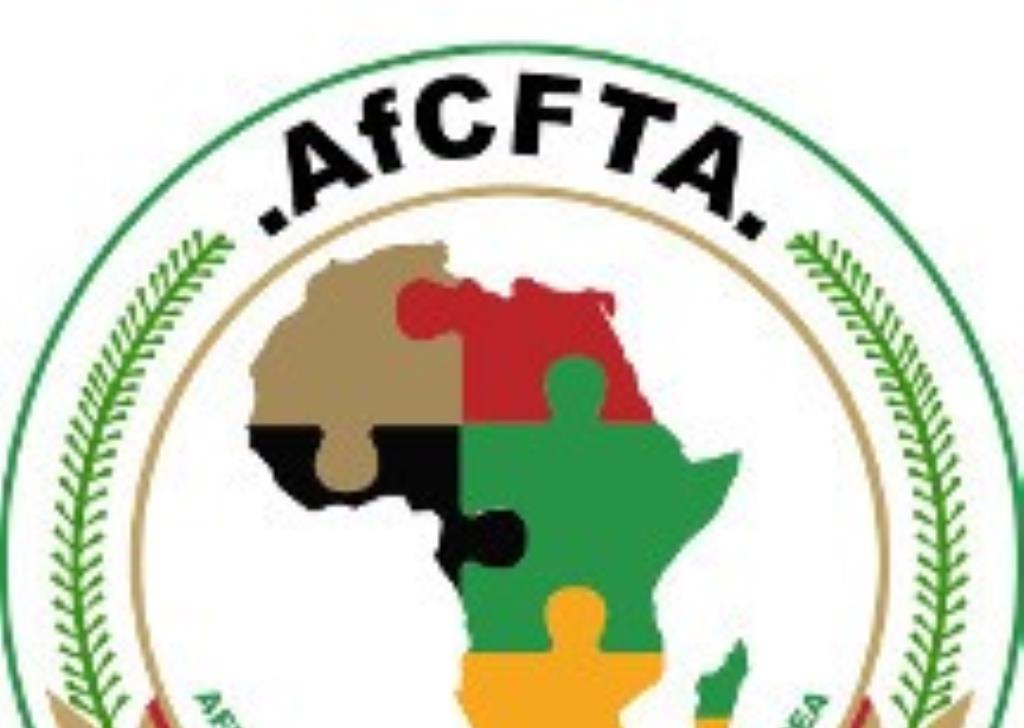AfCFTA boost for Zim Africa- report
Access to the wider African market through the African Continental Free Trade Area (AfCFTA) is a major boost for economies such as Zimbabwe, analysts have said.
According to Mark and Associates’ economic analysis report, the AfCFTA that came into force in 2018 presents an important trade opportunity and could apply insights from established models such as the North American Free Trade Agreement, the European Union and the Association of Southeast Asian Nations among others.
“Similarly, Africa can better leverage its Regional Economic Communities (RECs) to support collaboration across national boundaries that will increase productivity and economic growth through the development of regional and global value chains,” reads part of the report.
The AfCFTA is a trade agreement among 54 African countries that aims to create a single market for goods and services in Africa and seeks to boost intra-African trade by removing tariffs on 90 percent of goods traded within the continent.
This creates a larger market for African goods and services, as well as expected to be a game-changer for Africa’s economic development, with estimates suggesting that it could boost intra-African trade by up to 52 percent as of last year.
Mark and Associates also opined that investing in lower costs of transportation and coordinating tariffs and regulations across the continent are key enablers of productivity in trade according to experts.
Founded in 2018, the AfCFTA was implemented effective January 1, 2021, becoming the largest free trade area in the world in terms of the number of participating countries since the formation of the World Trade Organisation (WTO).
Its general objectives are to create a single market, deepening the economic integration within the continent, establish a liberalised market through multiple rounds of negotiations, aid the movement of capital and people, facilitating investment, enhance competitiveness of member states within Africa and in the global market as well as achieve sustainable and inclusive socioeconomic development, gender equality and structural transformations within member states.-herald










